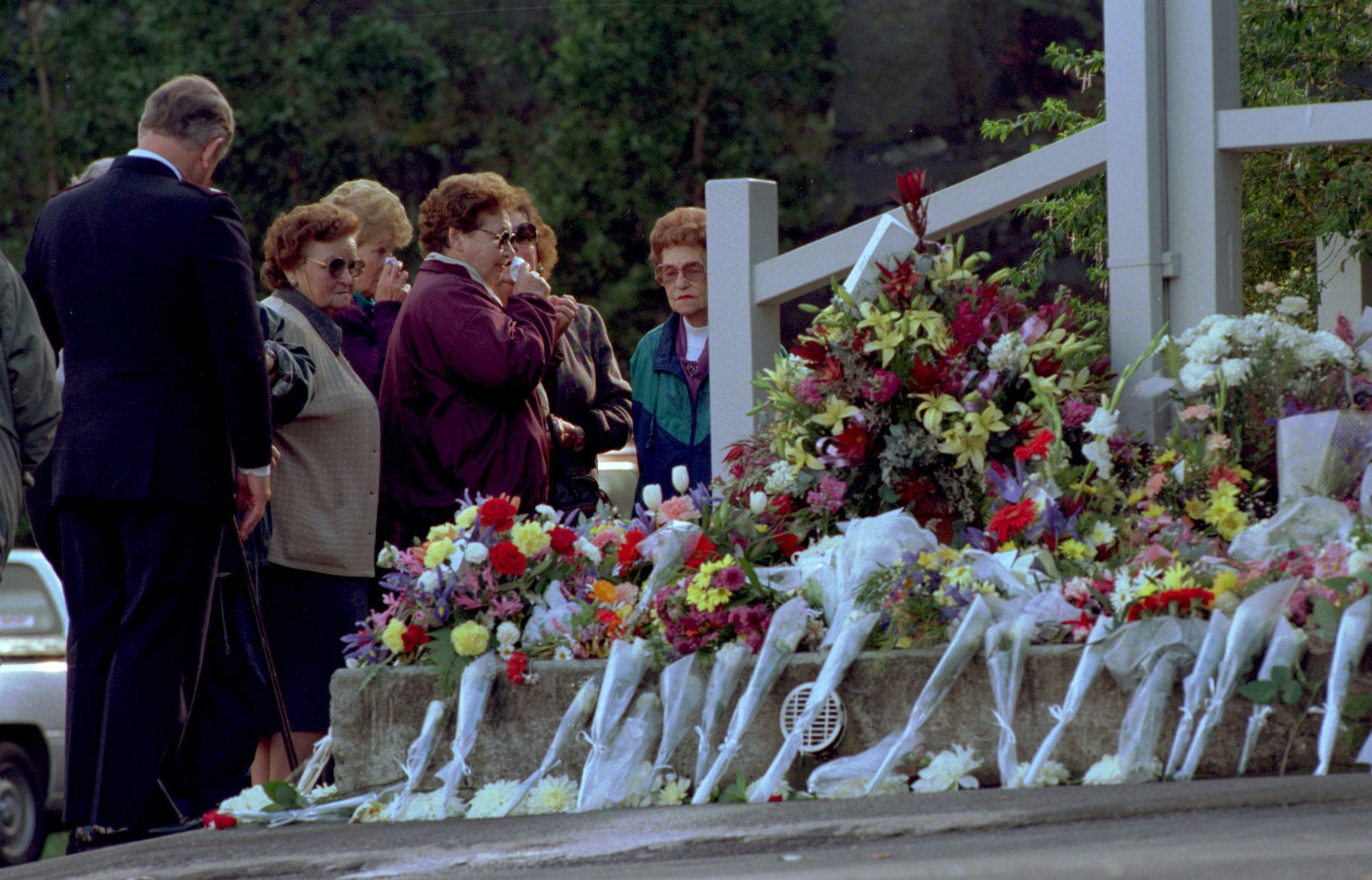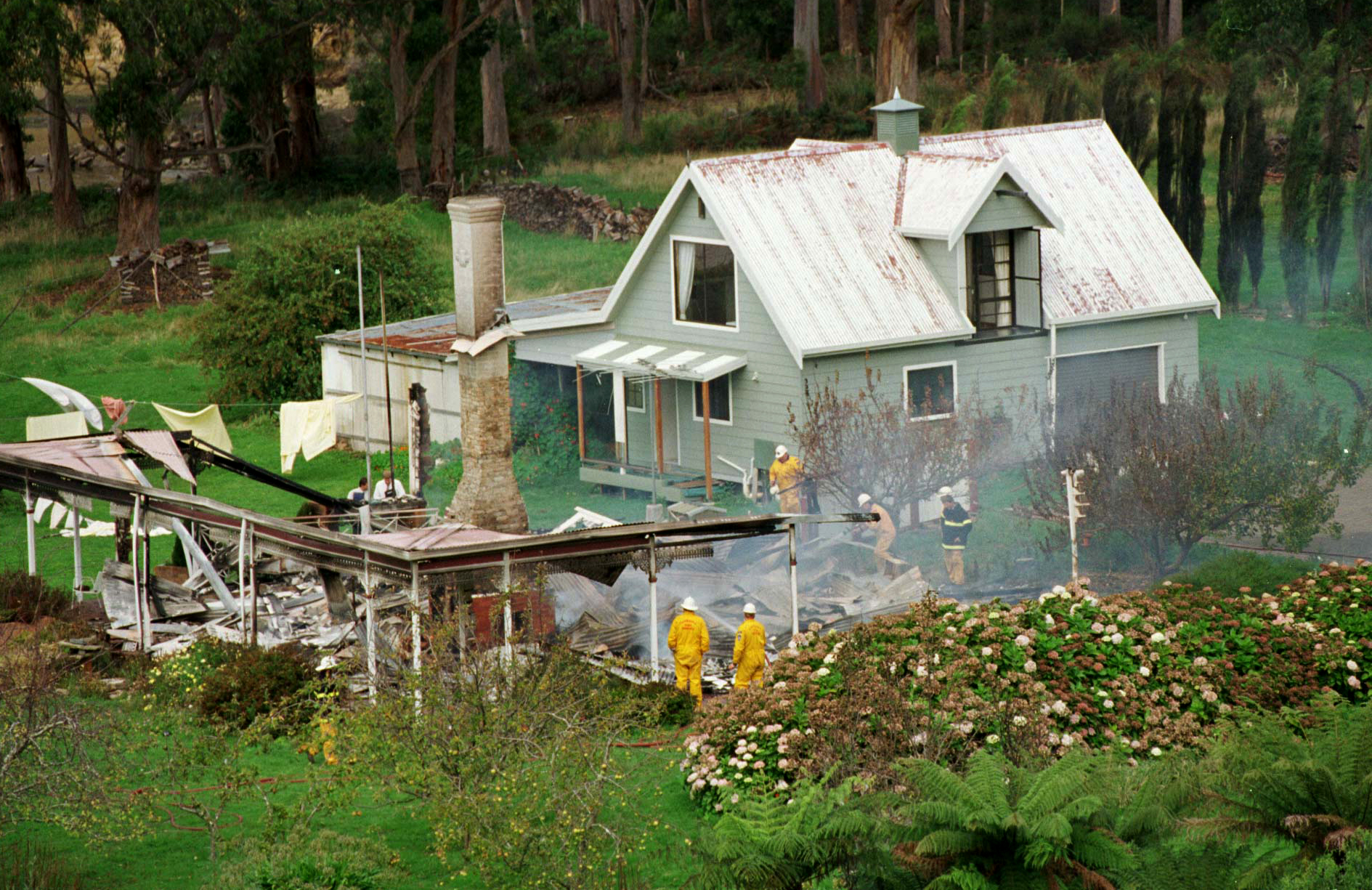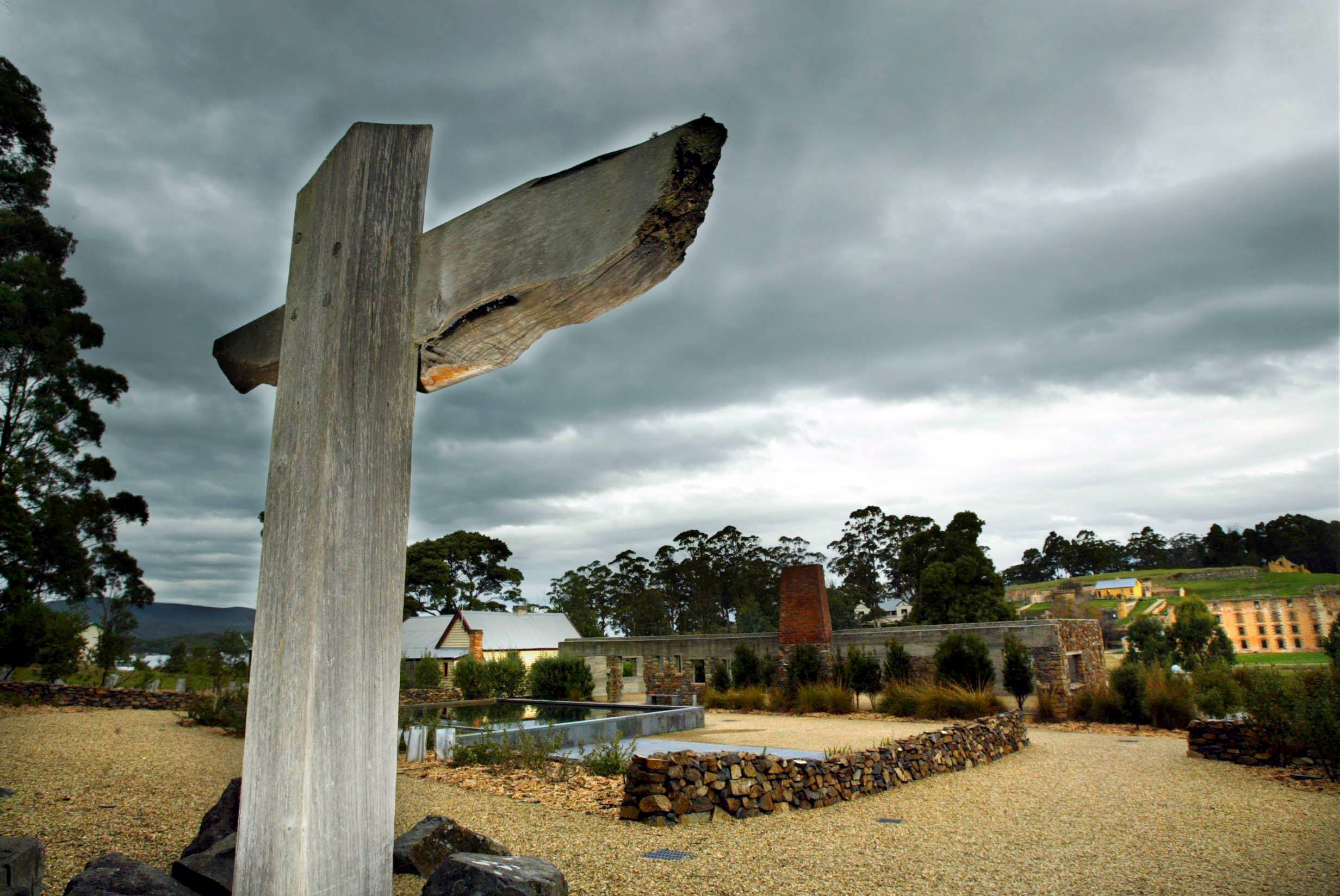How Australian lawmakers responded to the country's deadliest mass shooting
In 1996, 35 people were killed and 23 injured near a popular tourist resort.
— -- Legislators in Australia sprang into action to reform the country's gun laws in 1996 after 35 people were killed and 23 injured in the Port Arthur massacre -- the country's deadliest mass shooting.
In April 1996, lone gunman Martin Bryant used a semi-automatic rifle to carry out the attack near a popular tourist resort in Port Arthur, Tasmania. Soon after the shooting -- which took place just weeks after 16 children and a teacher were killed in the Dunblane massacre in Scotland -- Australia's lawmakers moved to transform and enforce gun legislation.
Bryant then barricaded himself in a home with hostages, firing at authorities whenever they neared.

Despite Australia's long history of hunting and sport, the National Firearms Agreement was passed just weeks after the shooting. The new law instated a national firearm registry and a 28-day waiting period for gun sales, and tightened firearm licensing rules, BBC News reported. It also requires that potential gun owners pass a thorough background check and present a "justifiable reason" for owning a gun.
The agreement also included tougher legislation to restrict rapid-fire weapons from public ownership as well as a provision for a temporary gun buyback program of the newly outlawed guns.
By 2015, more than 1 million semi-automatic weapons, roughly a third of the country's firearms, were sold back to the government and destroyed, according to BBC News, nearly cutting the number of gun-owning households in Australia in half.
Then-Prime Minister John Howard was able to convince all of Australia's six states to agree to and pass the sweeping legislation in just 12 days, BBC News reported.

Last year, as the 20th anniversary of the massacre approached, Howard told CBS that it is "incontestable that gun-related homicides have fallen quite significantly in Australia," citing as evidence a 74 percent drop in gun-related suicide rates.
Since the law went into effect, only one mass shooting has occurred in Australia -- a 2014 incident where a farmer shot his wife and three children before killing himself, according to The Associated Press.
A report by the Australia Broadcasting Corporation stated that while Howard's claim is not "cut and dried," the Australian Institute of Criminology found that the rate of homicide victims dying from a gunshot wound has dropped since the reforms came into place.

In June, a national firearms amnesty was declared, allowing gun owners in Australia to once again hand in their illegal firearms without penalty over a three-month amnesty period (though not for compensation).
Australia's Minister for Justice Michael Keenan deemed the new nationwide amnesty necessary over a concern of new security threats, the AP reported. Keenan hypothesized that by turning in the unwanted guns, it would lessen the chances of the firearms falling into the hands of violent criminals, according to the AP.
"My expectation is it's probably not going to be the case that we would have hardened criminals, for example, who have made a big effort to get hold of illegal guns necessarily handing them in," Keenan said.
Australian officials also announced in June that it would crack down on illegally purchased firearms by introducing a mandatory five-year prison term for gun traffickers and by boosting screening of international mail.
The Associated Press contributed to this report.




